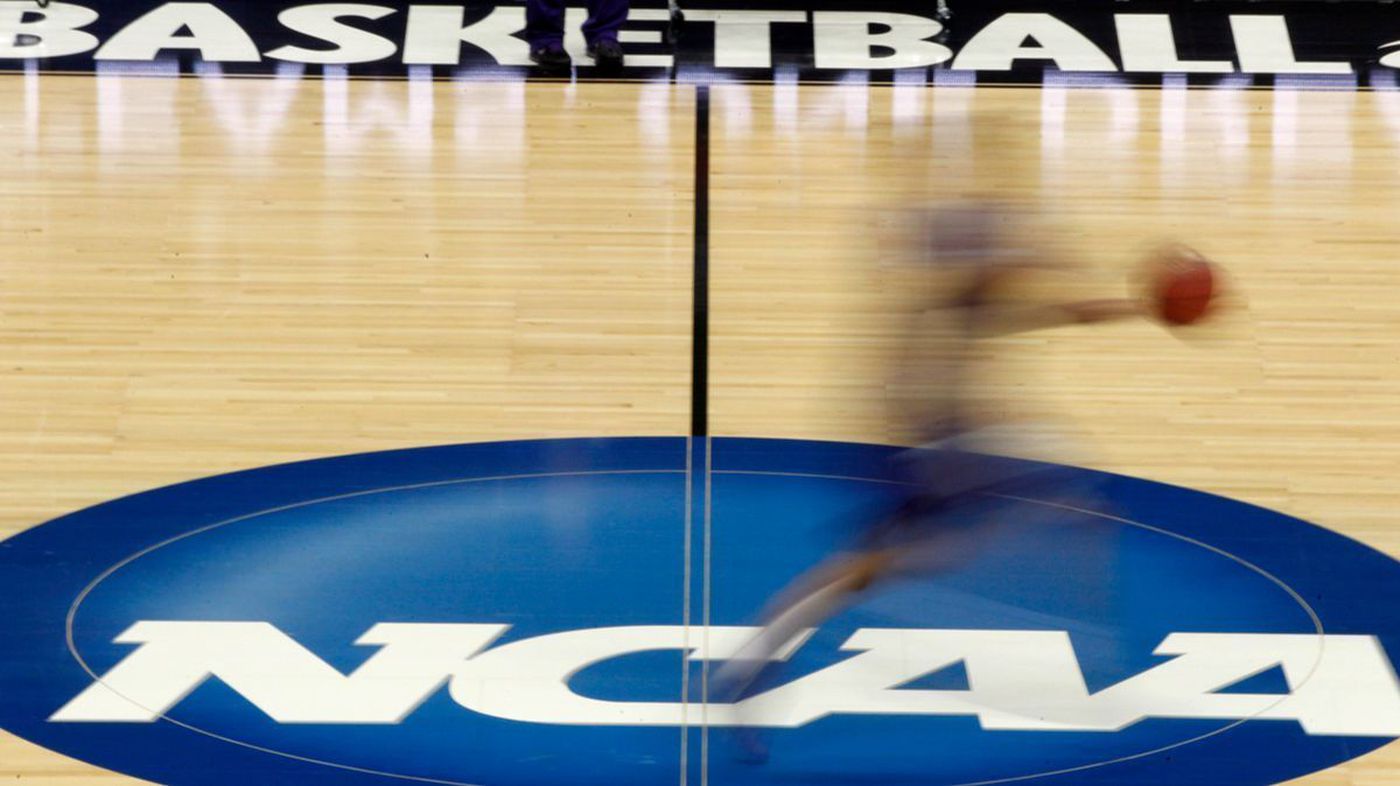
By Tom Tallach, Ed. D. |
A recent upsurge of litigation and policy debate has besieged the traditional collegiate model. Lawsuits have included arguments over individual financial aid limits set by the NCAA, personal property rights (name, image, and likeness), and student-athletes’ right to compensation. Northwestern University football players were not allowed to form a labor union in 2015, not because of a definitive stance by the NLRB, but because of a reluctance to take action. A potential implication of a paradigm shift away from the collegiate model could be the unraveling of over 40 years-worth of gender equity initiatives in education-based sports.
At the heart of most of these debates is the issue of whether or not student-athletes should be considered employees of the institution for which they participate. The traditional collegiate model stipulates (or at least suggests) that the student-athlete chooses to participate to enhance the total educational experience and that the sports team is an extension of the educational program. As such, intercollegiate athletics is educational programming subject to compliance with Title IX. If the participants are legally determined to be employees, that could be a “game-changer” in a lot of ways. Athletes would be entitled to minimum wage, workman’s compensation, etc… just like other employees at the institution.
In a world in which student-athletes have been replaced by professional athletes, does Title IX even apply? There’s a good chance the answer is “no.” Title IX purports to mandate substantially equal access to opportunities specific to educational programming. It does not mandate the types of revenue generation strategies that educational institutions may or may not choose to employ. While a preliminary decision in the Northwestern case specified that only the scholarship players were employees, the players’ contested that they were employees in part because of the amount of time spent participating in their sport and because their efforts generated something of value on behalf of the institution. If it were decided that the latter two of these three characteristics substantiate employment, then the proverbial slippery slope will be hit as these characteristics transcend the sport of football, the intercollegiate level of athletics, and, though it is beyond the scope of this article, the athletics genre of activities that are affiliated with educational institutions (i.e. music, theater, etc.).
There may be no greater risk to Title IX than the legal metamorphosis of organized, school-based athletics from an educational pursuit to a commercial enterprise. If athletics were no longer subject to Title IX compliance, it is reasonable to presume that this might impact administrative priorities, particularly given the financial pressures associated with educational leadership. In such a climate, non-revenue women’s sports would be just as subject to discontinuation or demotion to club status as have been the non-revenue men’s sports. Ironically, among those advocating for the metamorphosis are those affiliated with sports that would likely meet their demise in terms of their inclusion in school-based athletics programs.
Dr. Tom Tallach, Assistant Professor of Kinesiology at Tarleton State Univ., is a former intercollegiate athletics administrator at the NCAA Division I and II levels as well as an interscholastic athletics administrator at the secondary school level.